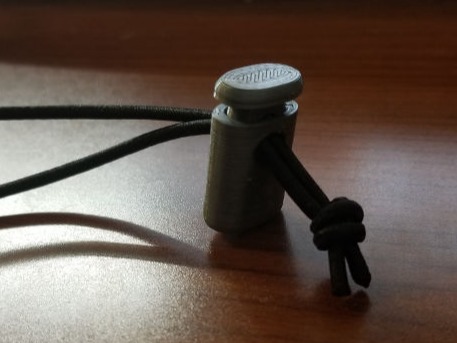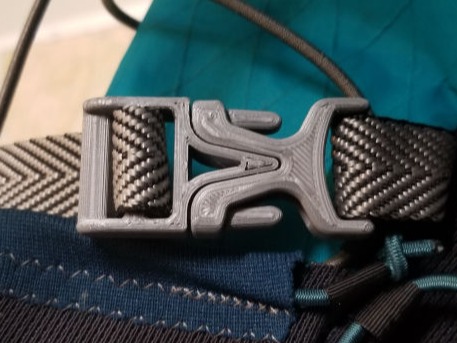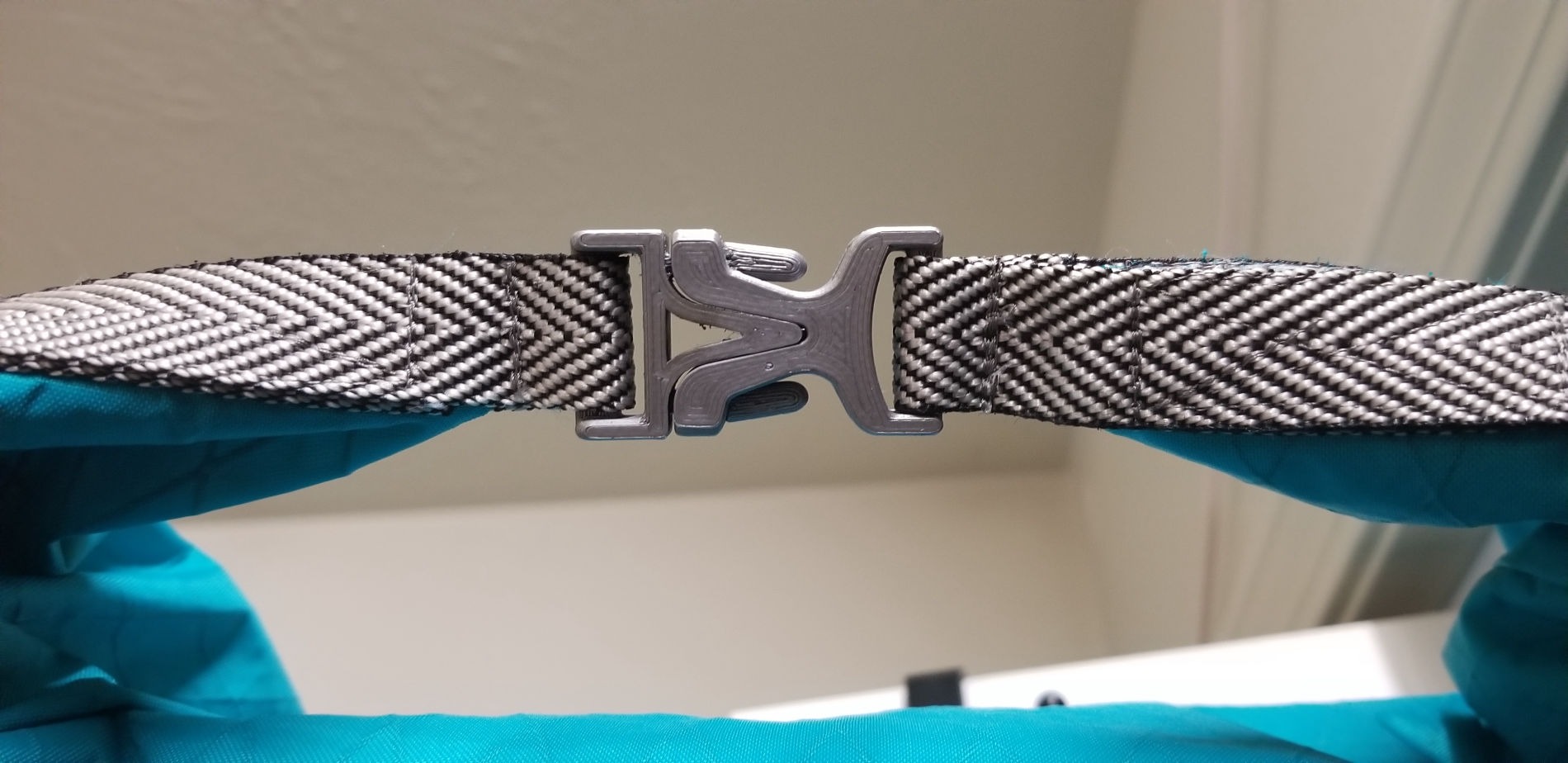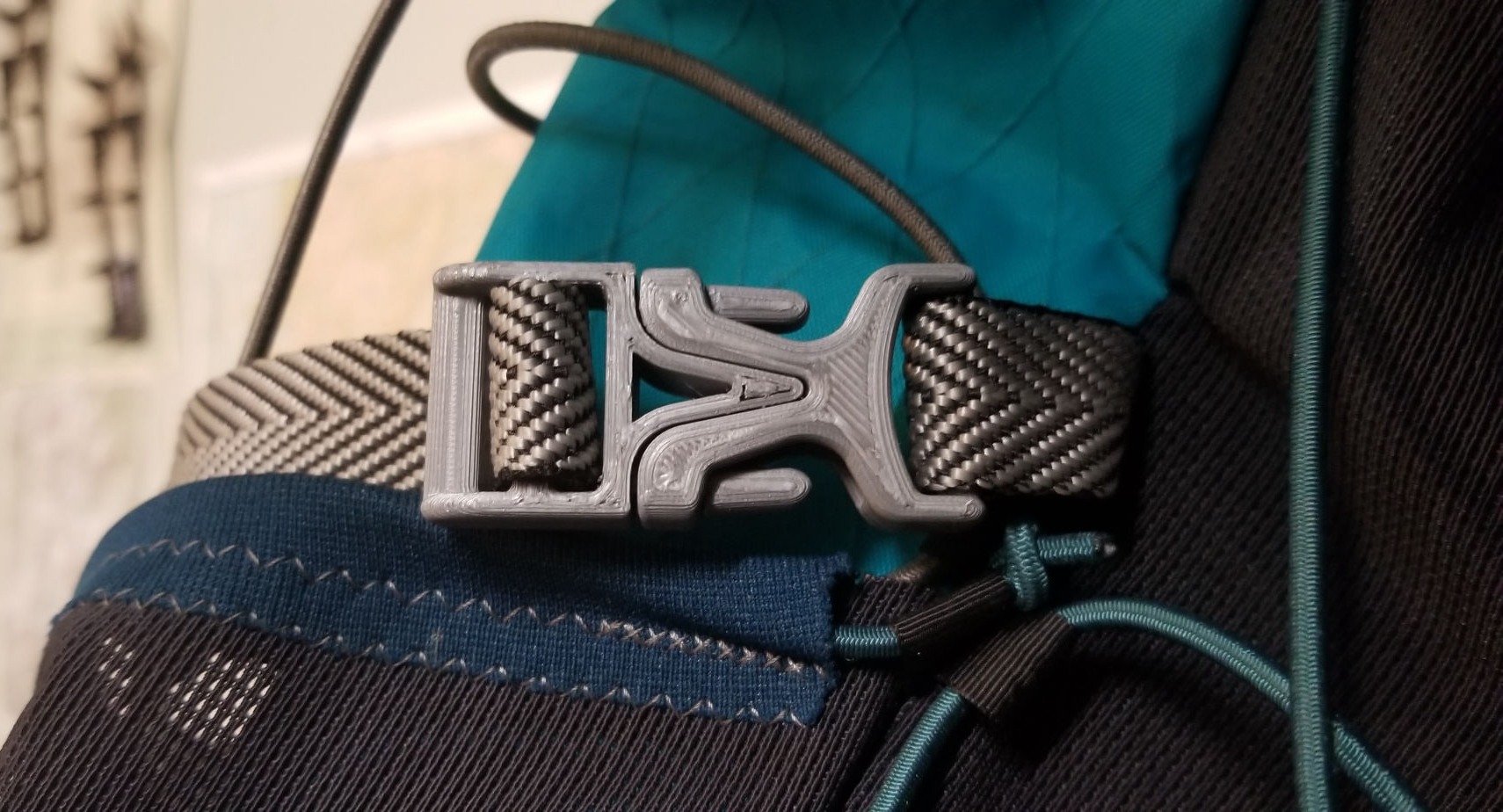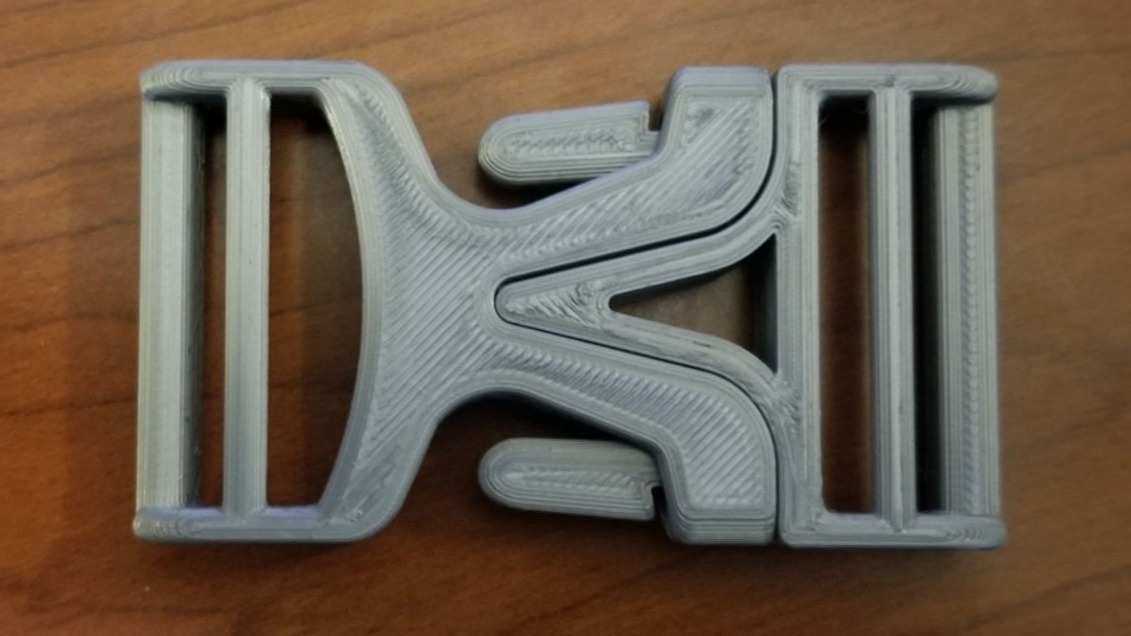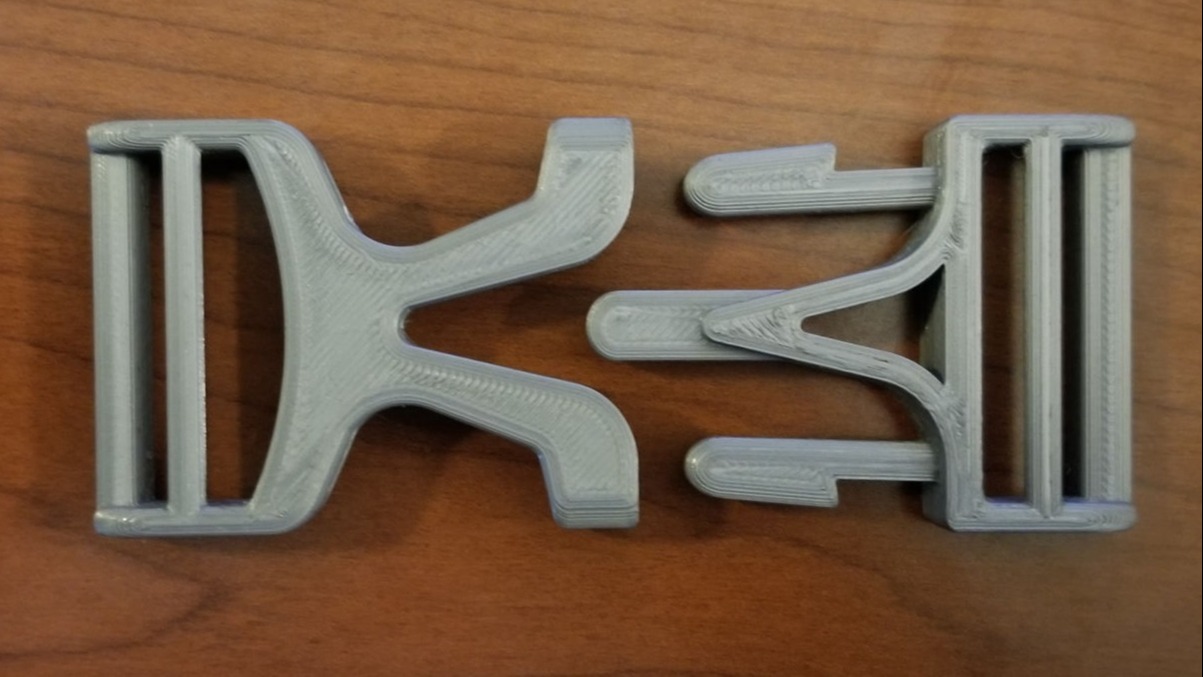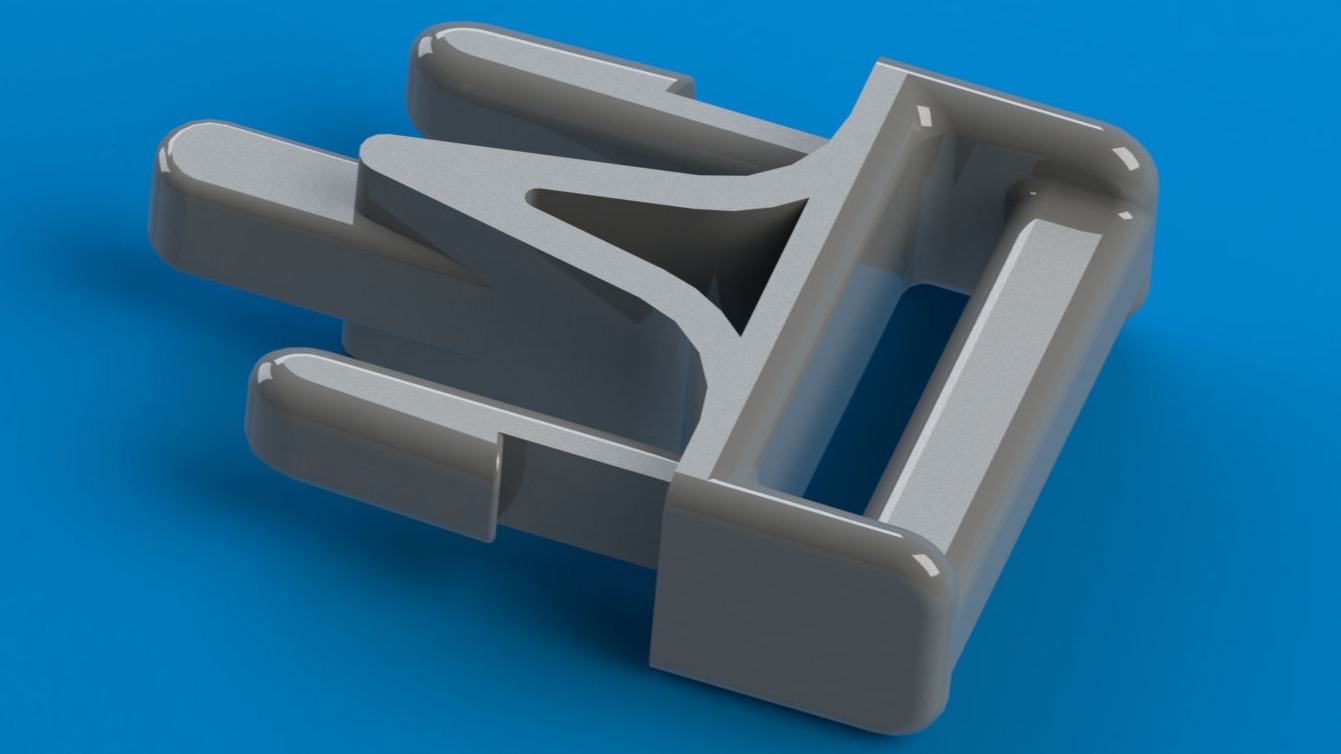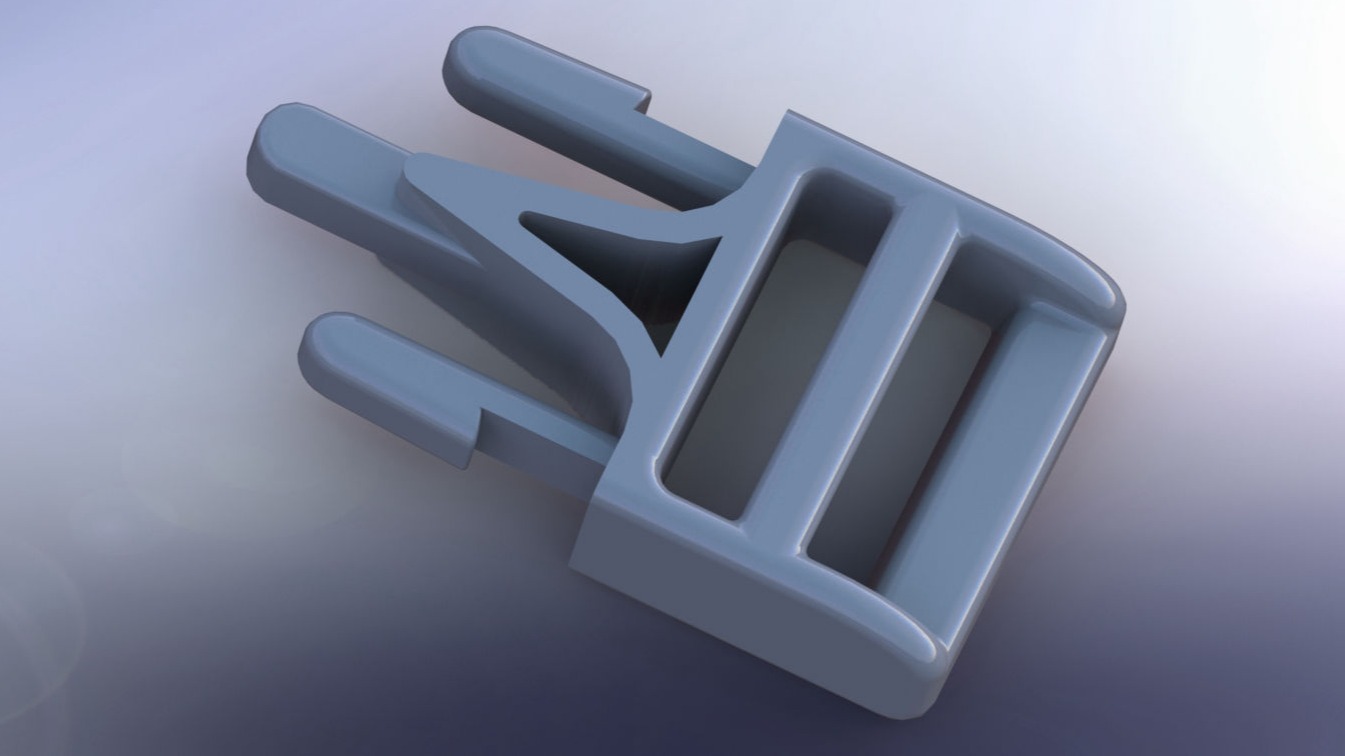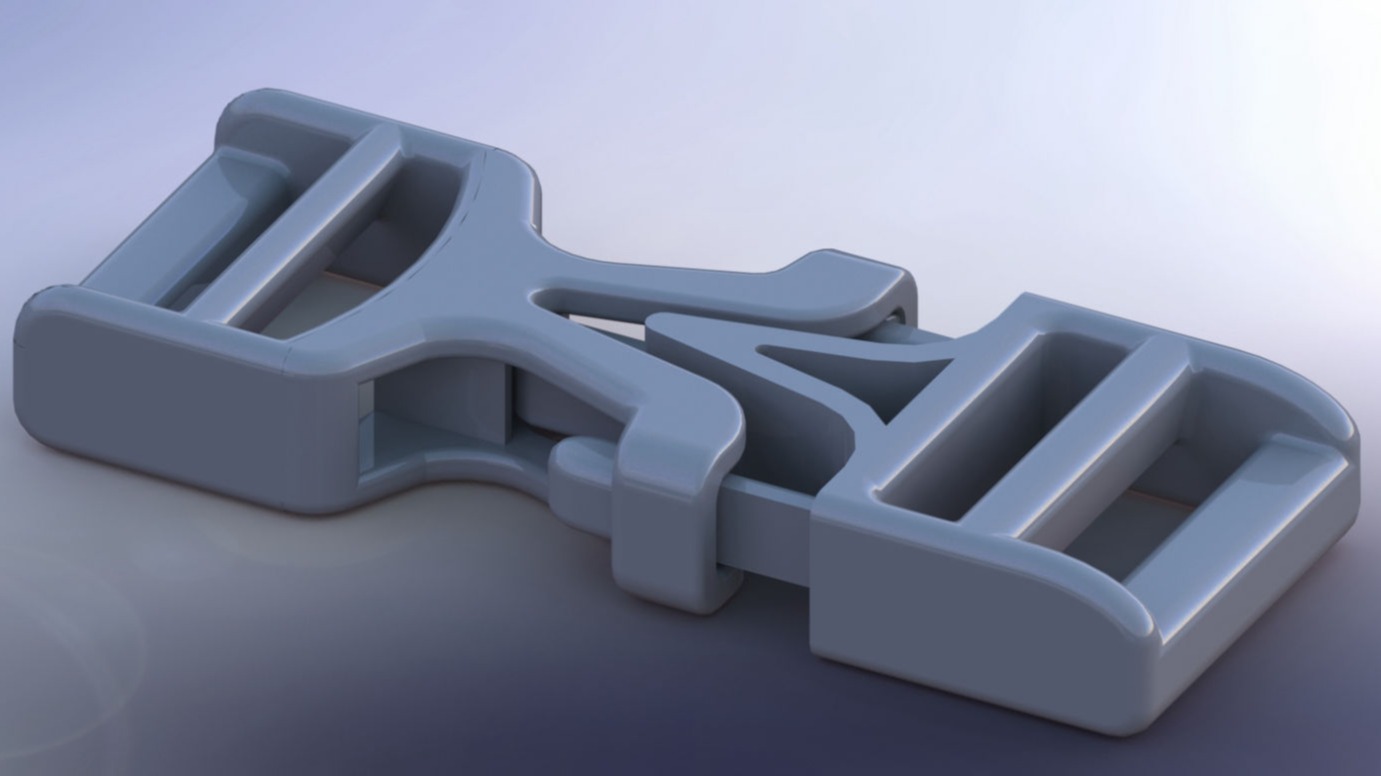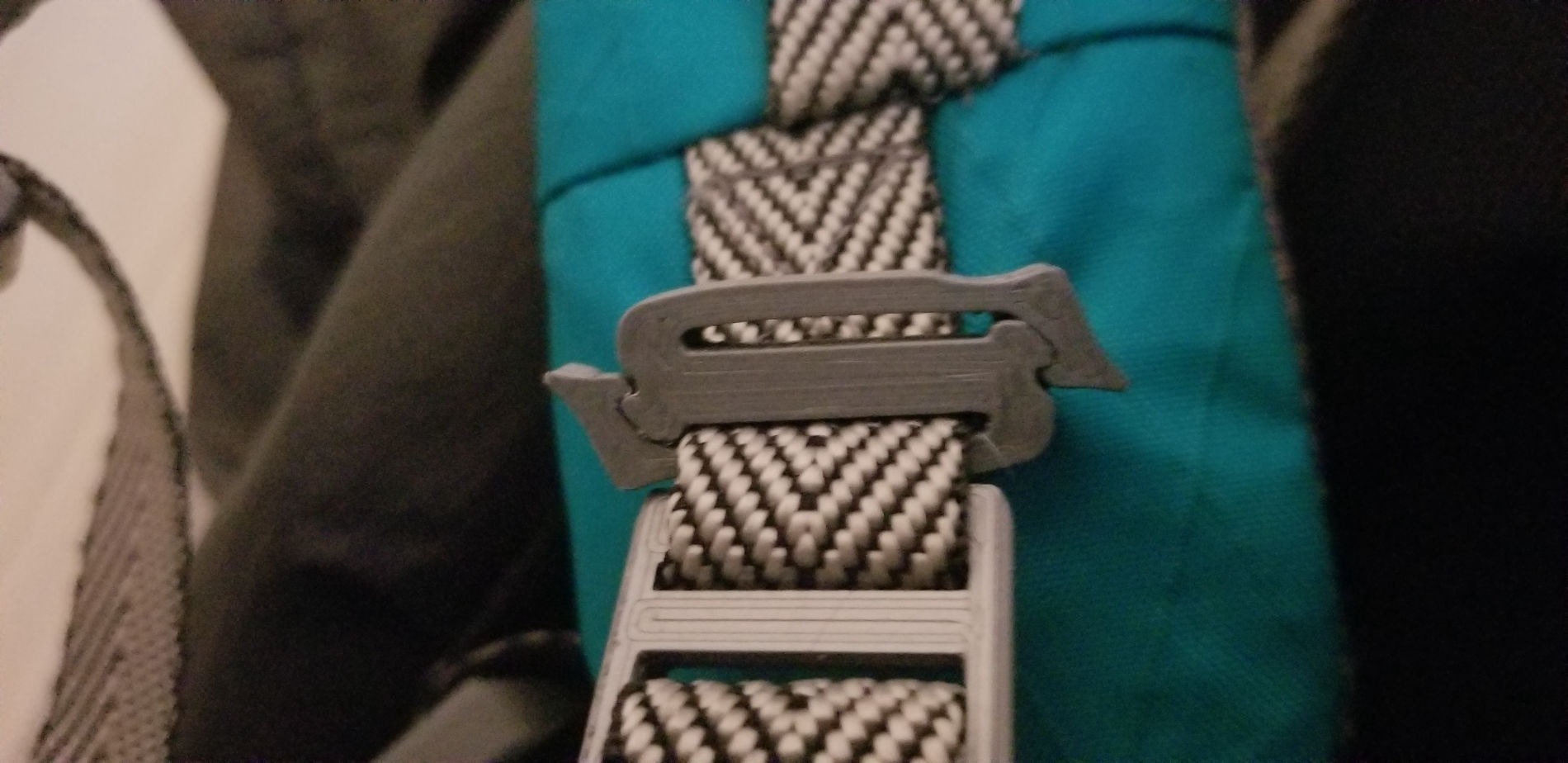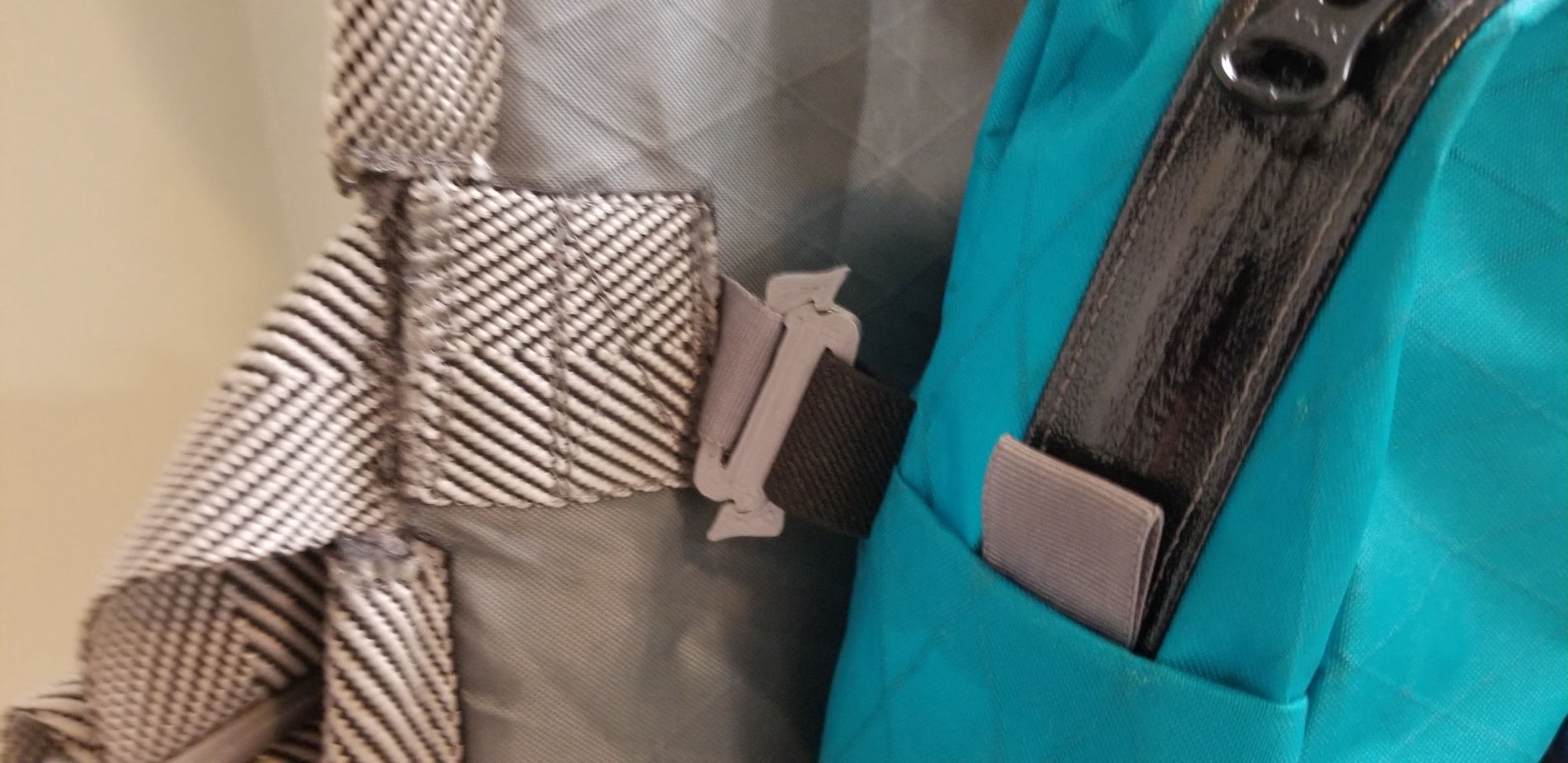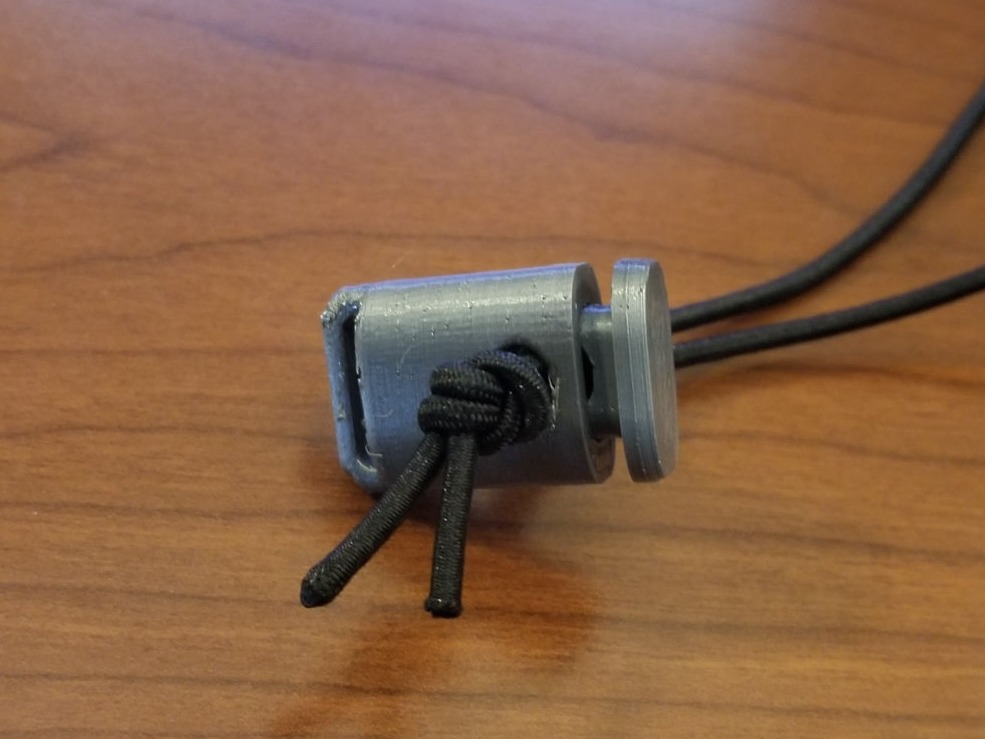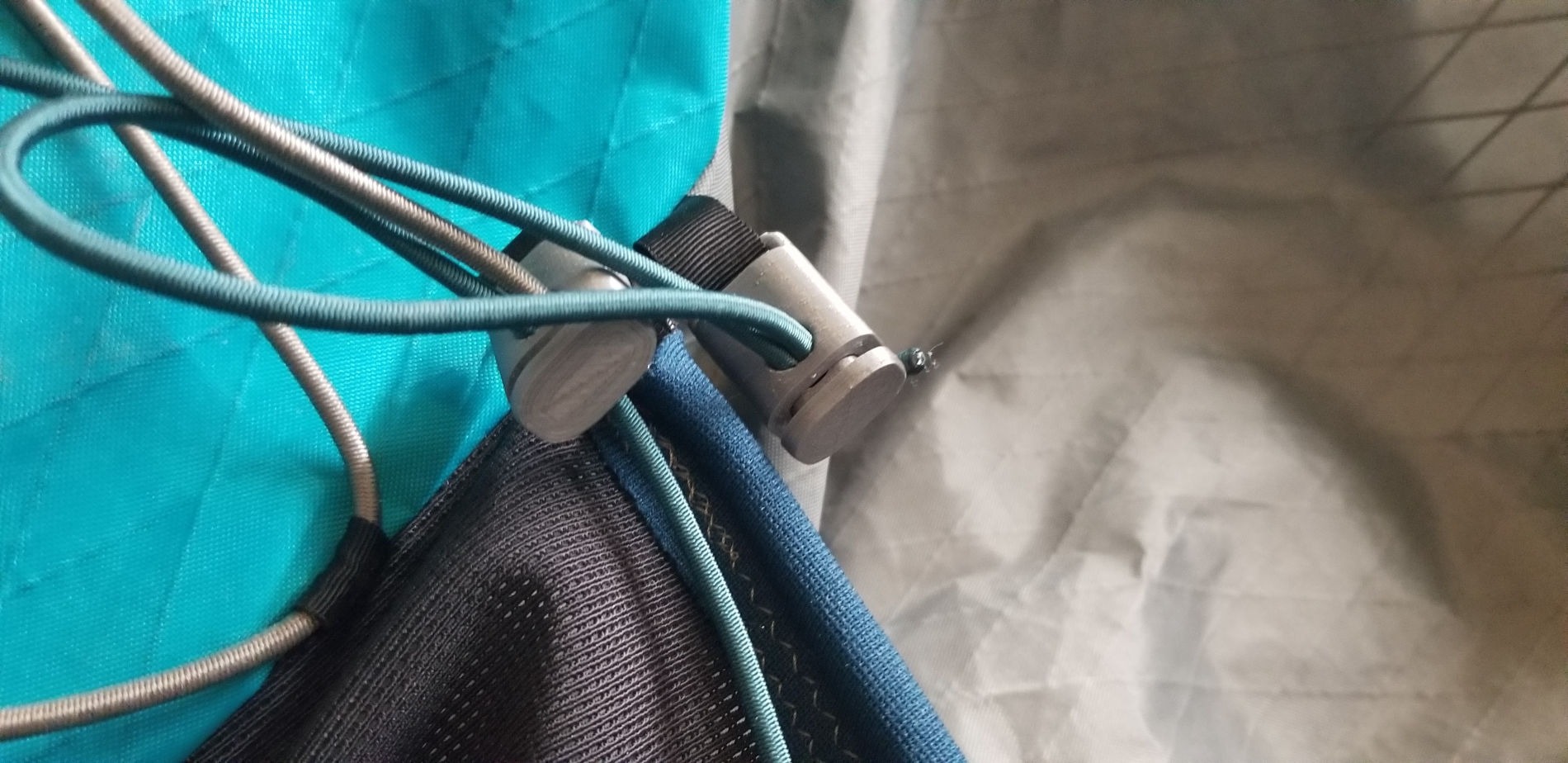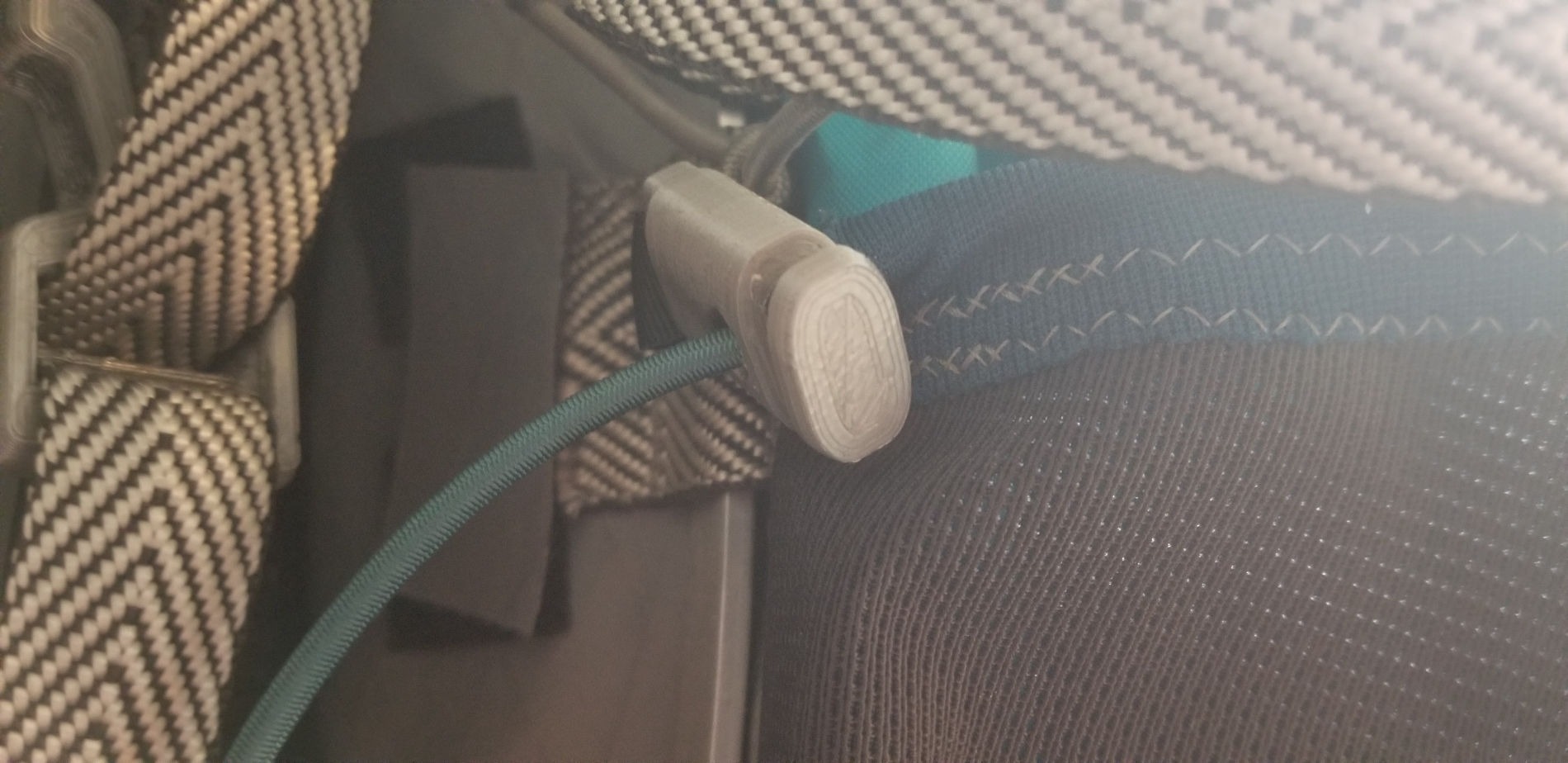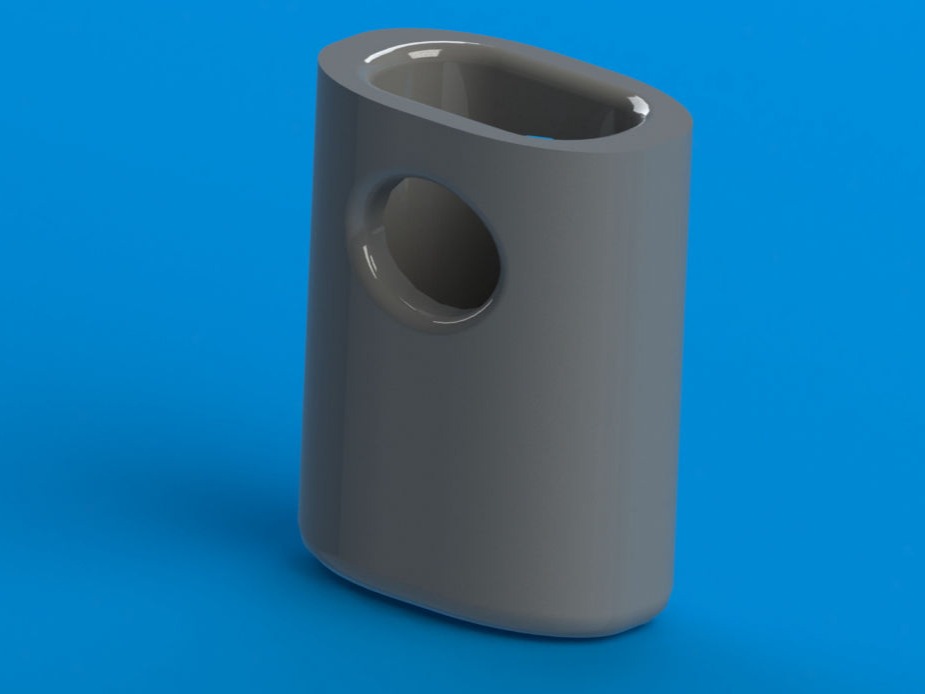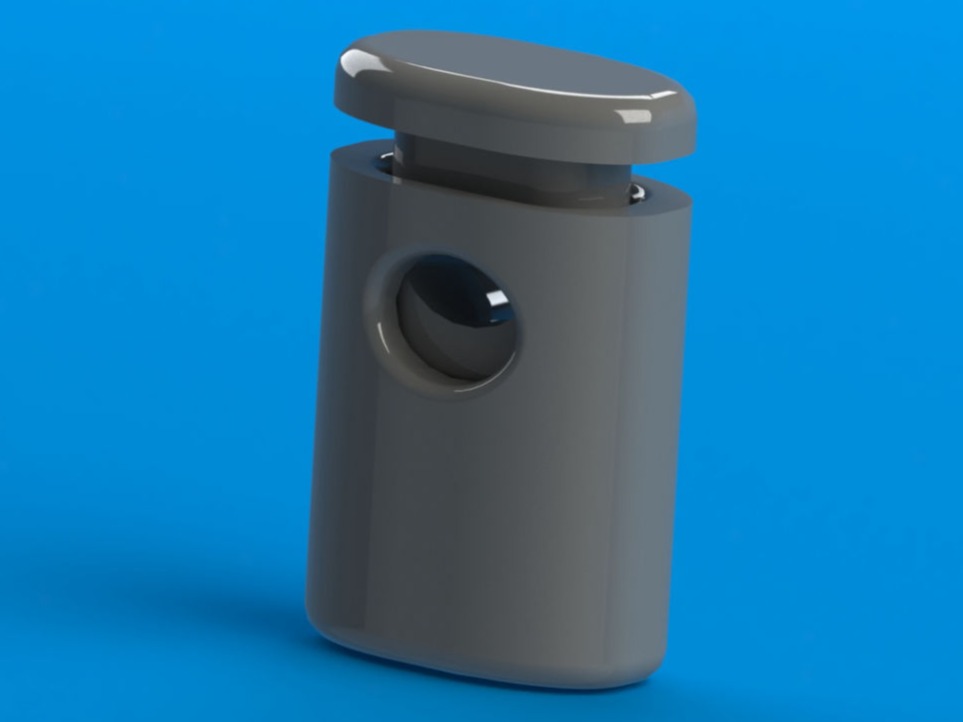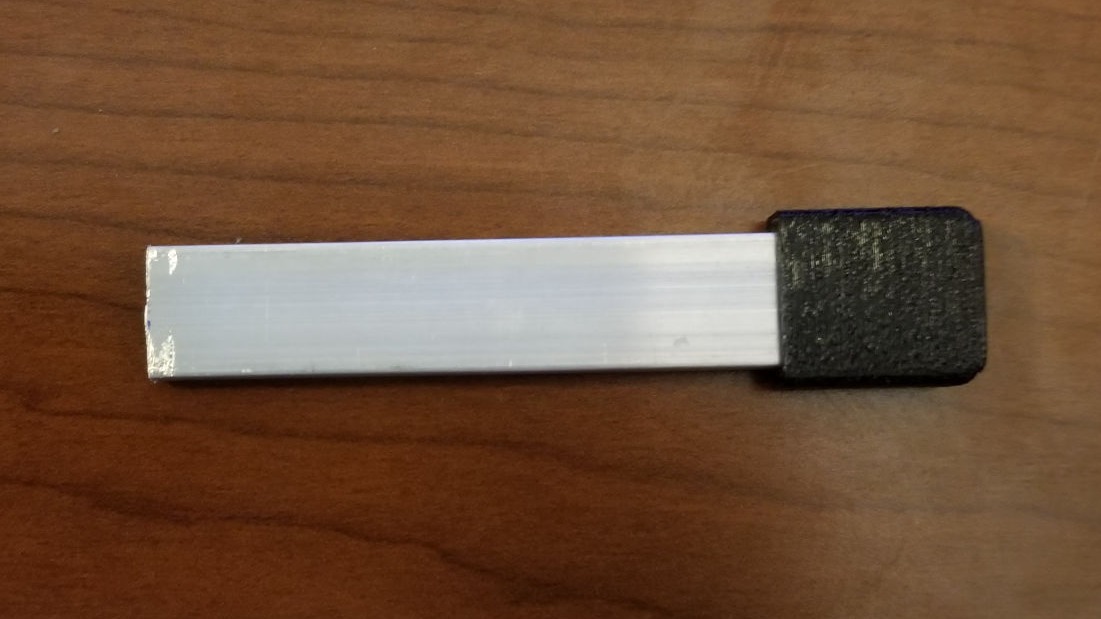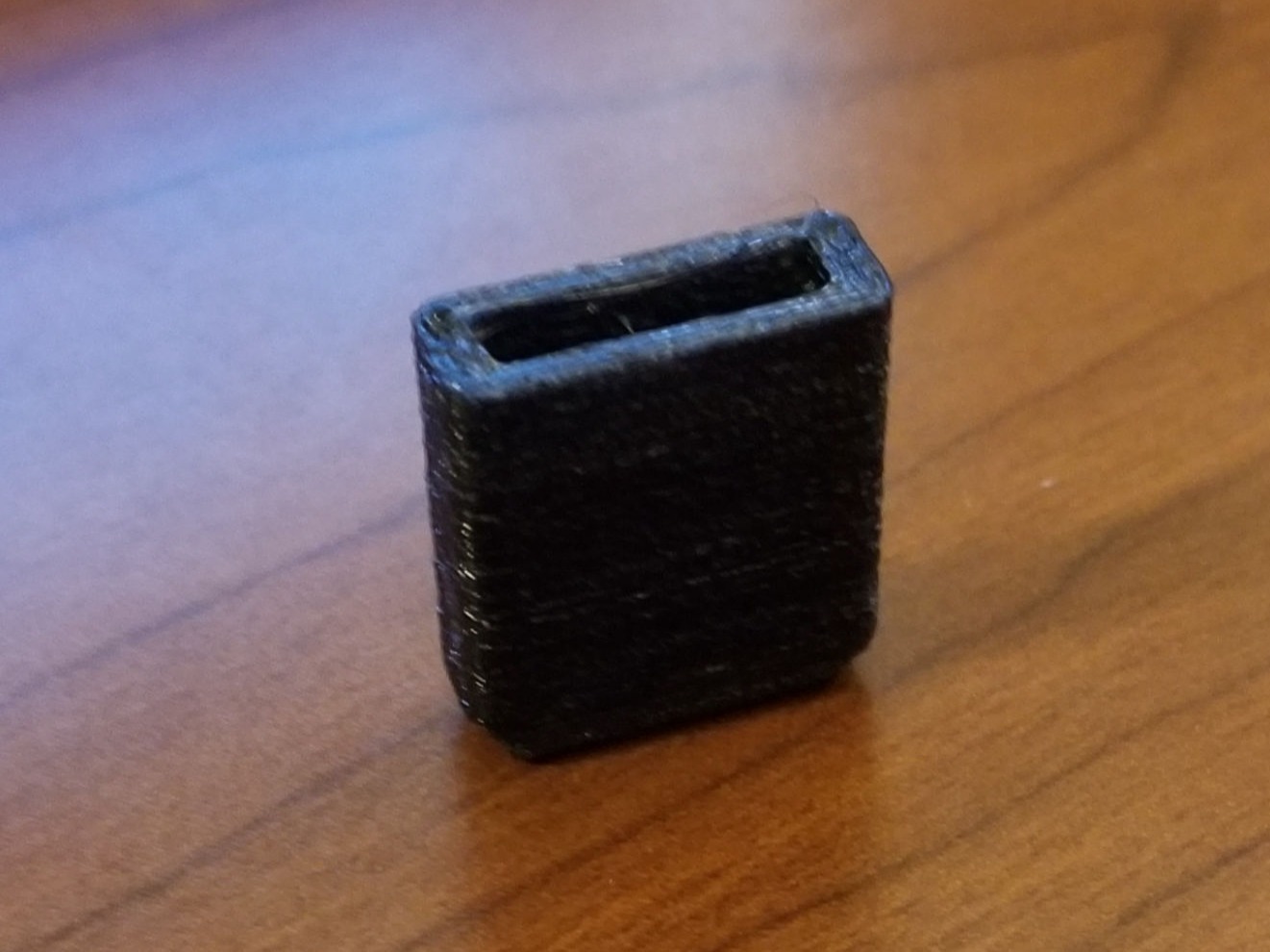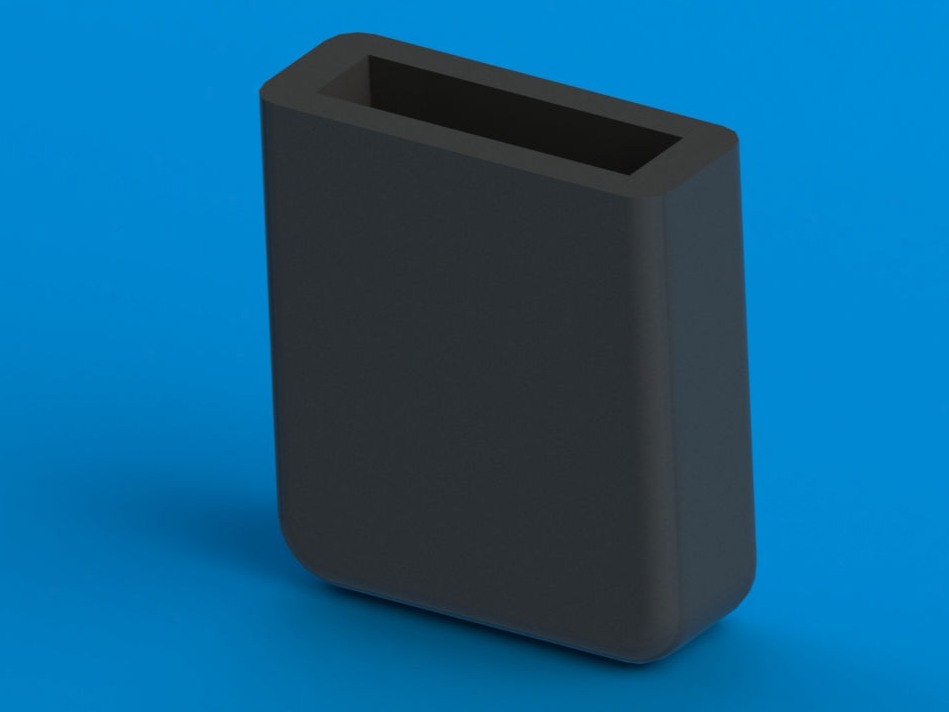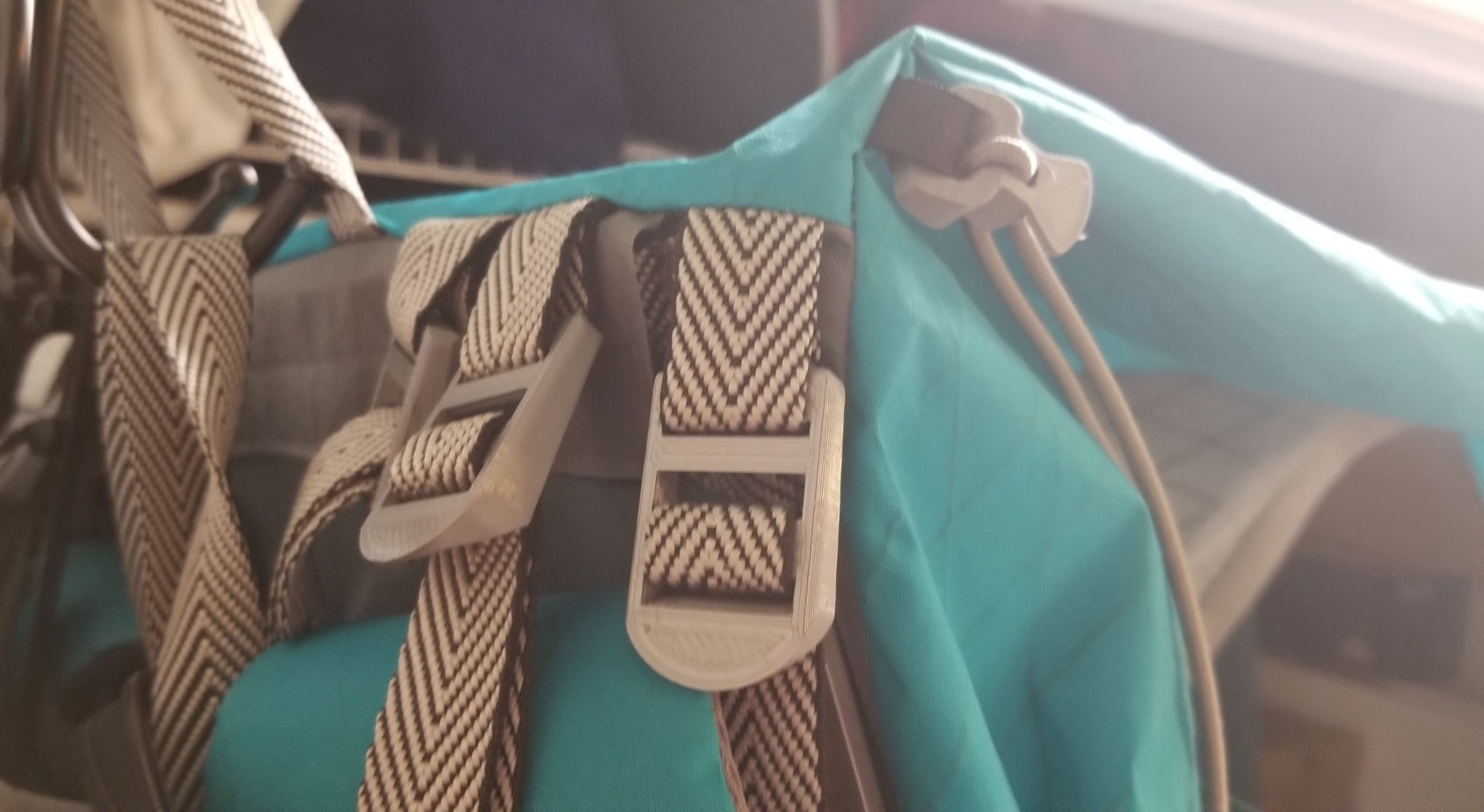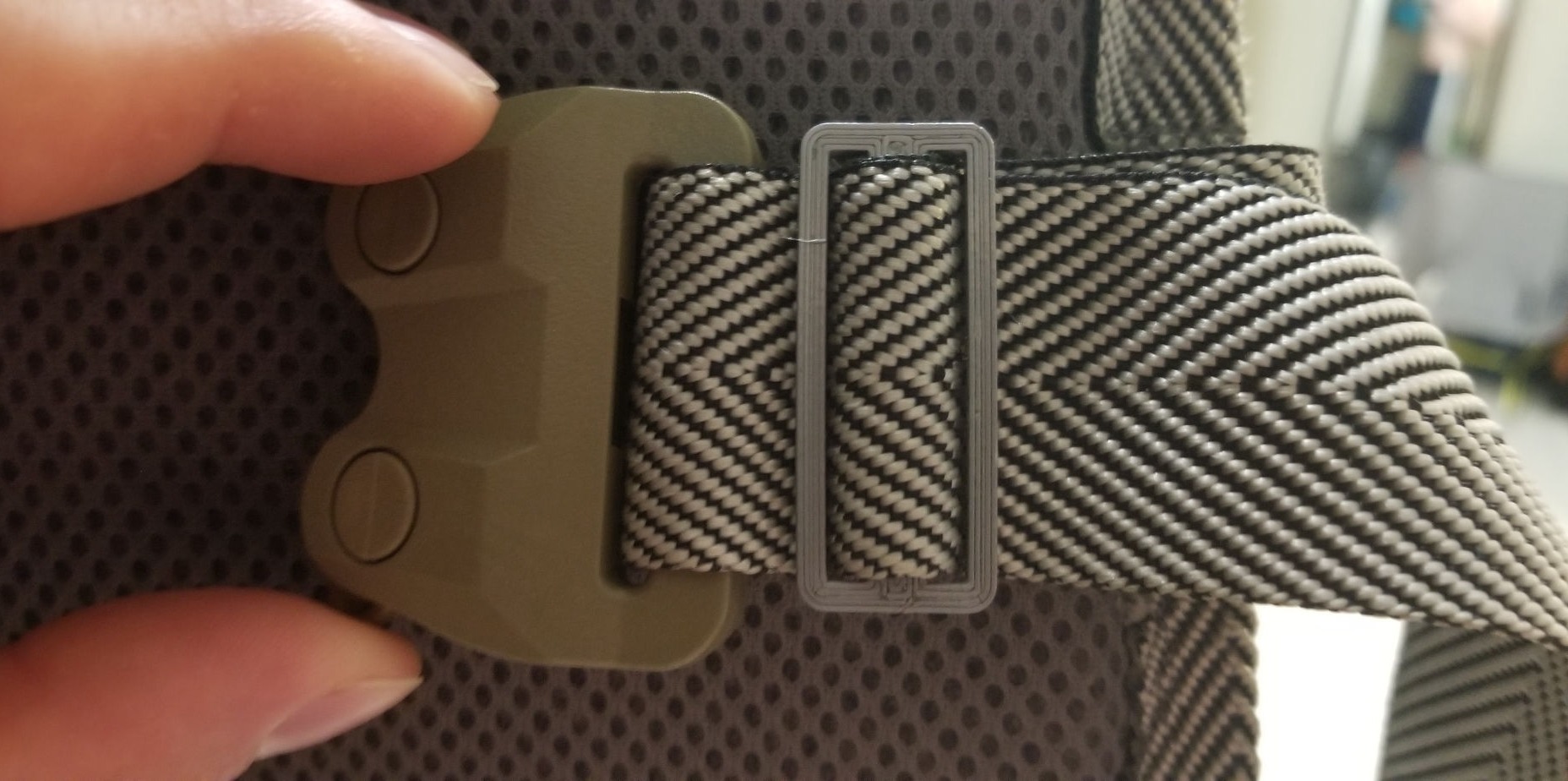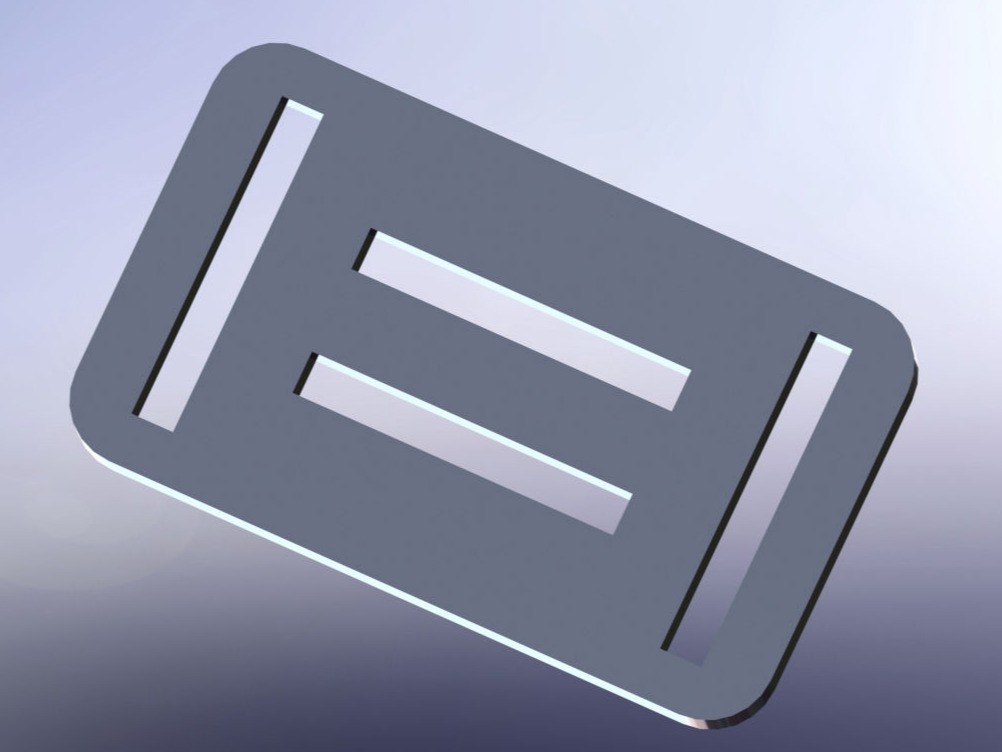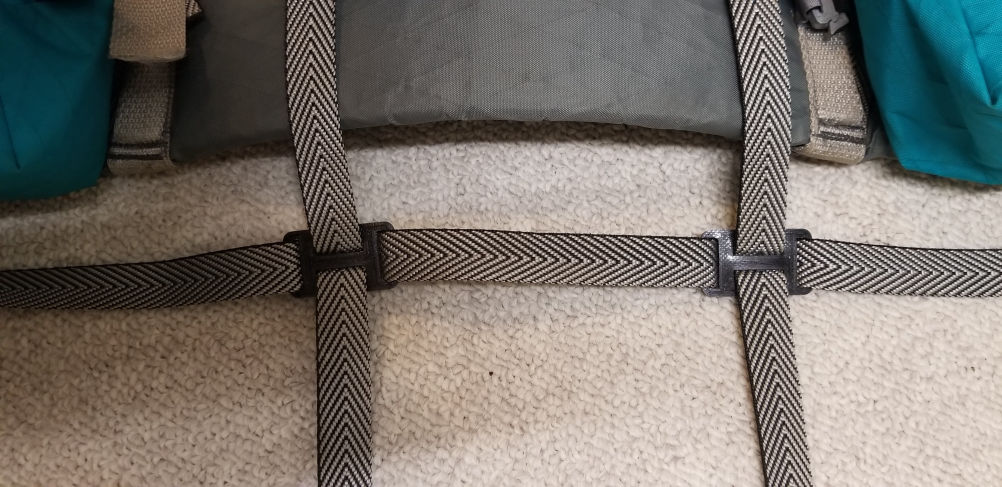Design Process - Sillkey Cordlock
I wanted a cordlock that would match the colors of my backpack, and additionally be either able to be sewn onto the backpack itself or be "free-standing". I looked at existing 3D models, and none really appealed to me, so I decided to try my hand in designing a sleek cordlock. I started by testing springs I had acquired for ones that had a good stiffness, and were small enough to fit inside the "barrel" of the cordlock. Once I found a good spring, I modeled the "barrel" to be big enough to allow the spring to work, and created a little seat at the bottom of the barrel for the spring. I made it an elliptical shape with some sharp corners which would allow the 3D printed seam to be hidden well. I added a slot at the bottom of the barrel for 1/2" grosgrain so it could be attached to the backpack, and then cut a hole through the barrel which the shock cord would be fed through. I made it large enough to accommodate two 3/16" pieces of shock cord somewhat tightly. Then I started work on the "cap" of the cordlock. I created a little extrusion that the spring would fit on to stay in place as it was depressed, and then cut the same size hole through the cap so it would line up perfectly with the barrel when the cordlock was fully depressed. After a couple iterations testing the fit between the barrel and cap, and checking the hole size, the cordlock pieces were finalized, and filleted to smooth any sharp edges. The cordlocks were also printed with gray PETG to match the rest of the hardware and the backpack, and for all other previously mentioned advantages of PETG. A version of the barrel was also made without the slot for grosgrain, so the cordlock could be "Free-standing".

